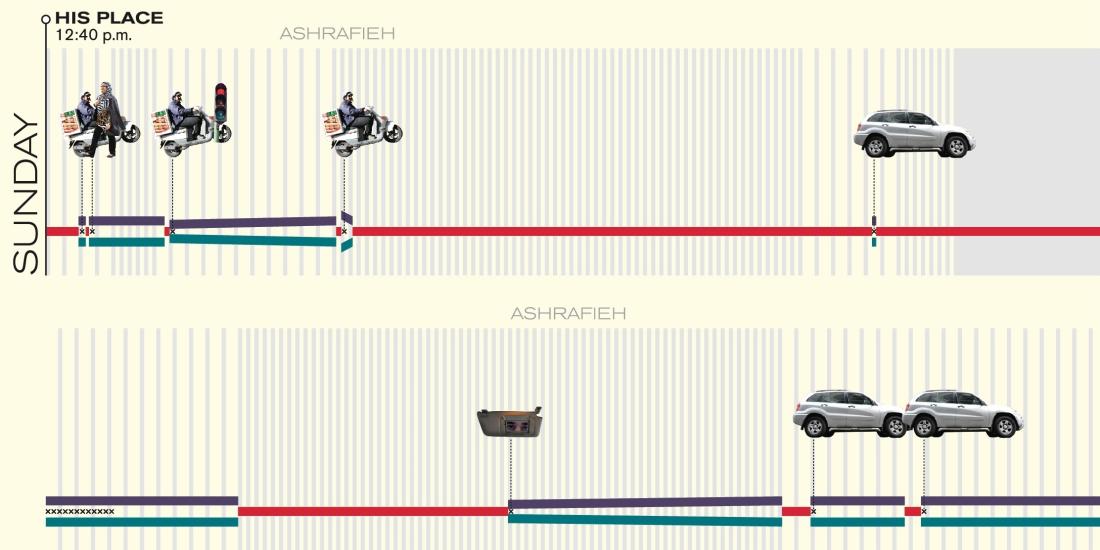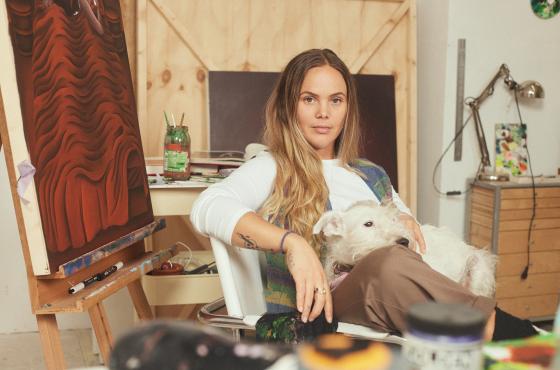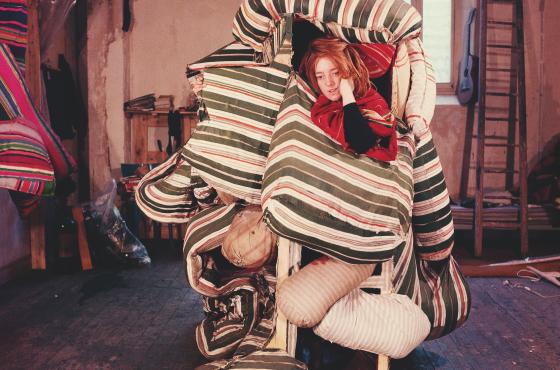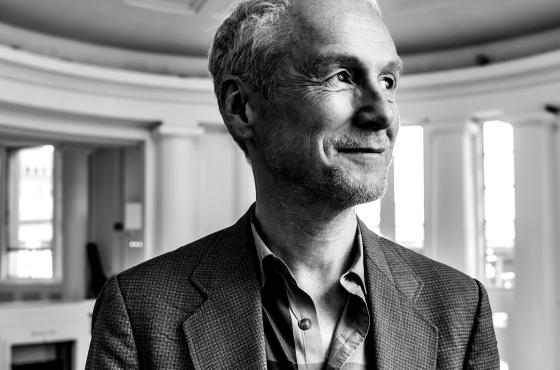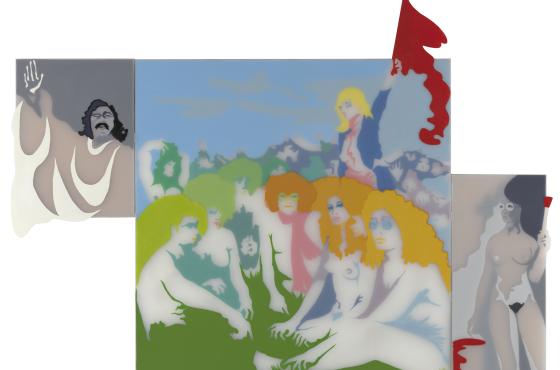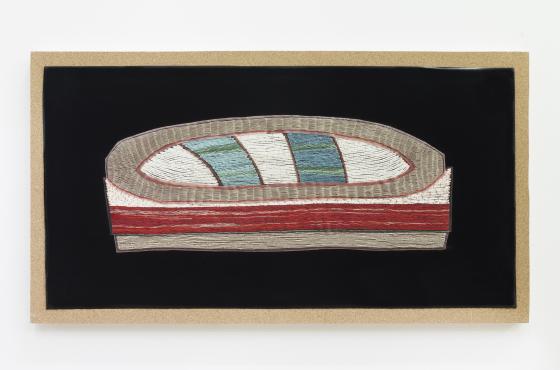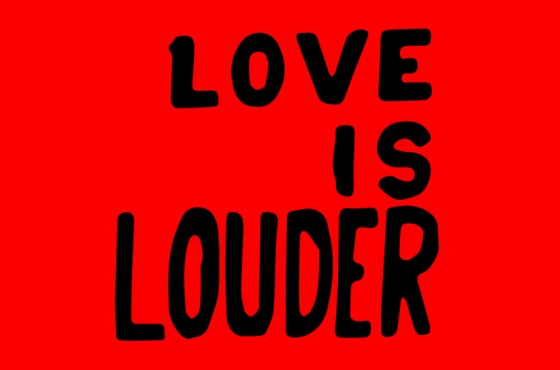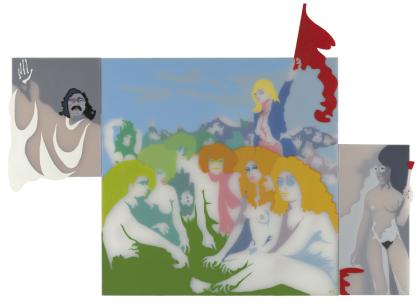I discovered the work of Omar Mismar as part of the exhibition Habibi. Les révolutions de l’amour last year at the Institut du monde arabe in Paris, during my research for Love is Louder. His neon piece The Path of Love immediately captured my attention with its minimalist exploration of how our bodies wander through (urban) space when driven by love. The work is a neon drawing of the artist’s travels through the city of San Francisco when following his matches on a gay meeting app. I asked myself: what kind of map could I draw from my encounters? How far would I travel in pursuit of love? Whether it’s because of the urgent drive for desire, the curiosity of meeting a stranger in a new city or the quest for human connection, this specific work by Mismar encapsulated the complexities of love’s journey in a city.
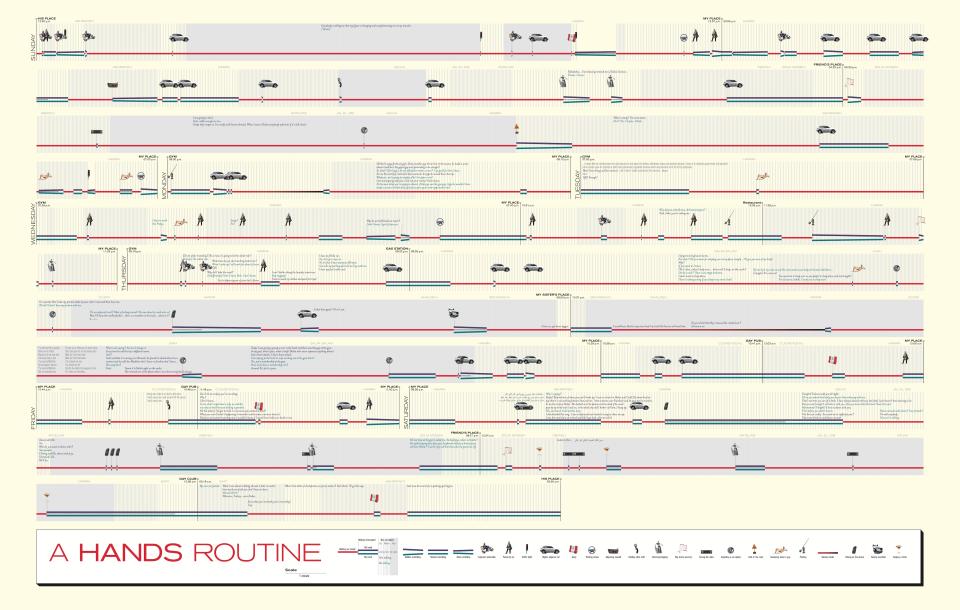
Love, politics and public spaces are recurring themes in Omar Mismar’s practice. A Hands Routine, presented in the Love is Louder exhibition, is no exception. The Lebanese artist invites the viewer to delve into the intimacy of two men’s car journeys through Beirut. The work centres around the simple yet profoundly significant gesture of holding hands. Despite its apparent innocent quality for the average heterosexual person living in the West, the gesture is often disrupted in this particular context. The red lines drawn on the map depict moments of freedom and affection – they indicate that the two men are holding hands. The green and blue lines indicate moments of restraint, respectively symbolising the desire and the necessity to let go.
“He is driving and I am sitting next to him,” says Mismar – one of the two men. “Sometimes I reach to his side and put my hand in his, other times he reaches to my side and puts his hand in mine. We roam, we talk and we look. Holding hands becomes a risk, a secret act. It’s fun because it’s dangerous. We hold and un-hold, depending on where we are, on who is near, on what is near.”

'Holding hands becomes a risk, a secret act. It’s fun because it’s dangerous.'
A Hands Routine incites us to think about the space one has for gestures of love in public daily life, depending on which city you are living in and what image of love you represent. In a city marked by its blend of tradition and modernism, Mismar reflects on the mediation of public and private spaces, and the ways in which love, in all its forms, has a place in these landscapes.
When societal norms determine what is acceptable behaviour, particularly for marginalized communities, the act of holding hands takes on added resonance. Within the confines of the car – a private sanctuary amidst the chaos of the city – Mismar and his partner find comfort and connection. Even as they remain aware of the realities that await them around the corner, as the simple change of a traffic light from green to red forces them to interrupt their physical connection.
Mismar’s map is like a dance routine: a one-two-three-one-two-three, stop-and-stay choreography of what is acceptable, and what is not. Through the exploration of intimacy, visibility and public space, Mismar invites us to reconsider our own understanding of love gestures, to value the freedom we have to express them where we live, and to fathom the myriad forms they can take around the world.
And you, what is your love routine? And what could interrupt it?
